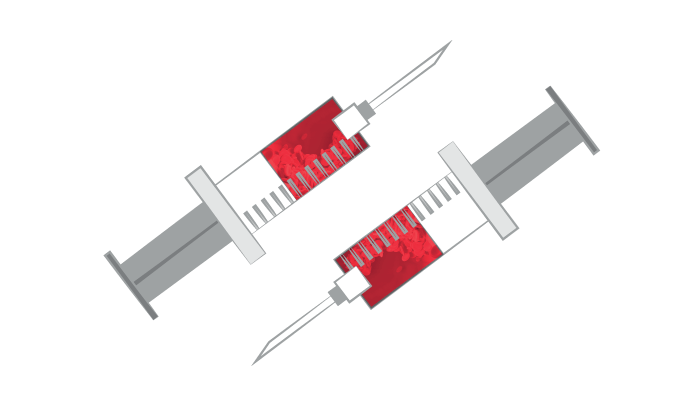
Early melanoma detection, both of the eye and skin, can dramatically increase the chances of successful treatment. Unfortunately, nevi at the back of the eye are quite common and tend to mimic early signs of the disease. Now, scientists have discovered microRNA biomarkers in the blood that can differentiate between benign nevi and melanoma, as well as identify whether the cancer has metastasized.
“Our research aimed to facilitate the clinical decision process by providing a simple blood test that will enable monitoring of nevi and reduce the need for intense surveillance,” said Mitchell Stark, the lead author of the study from the University of Queensland Dermatology Research Centre, Australia. The test would be used by optometrists, GPs and specialists to monitor biomarker levels in the blood over time and alert them to high-risk patients that may need further tests. The next step is to validate the findings with an independent study and assess the clinical utility of the test.
